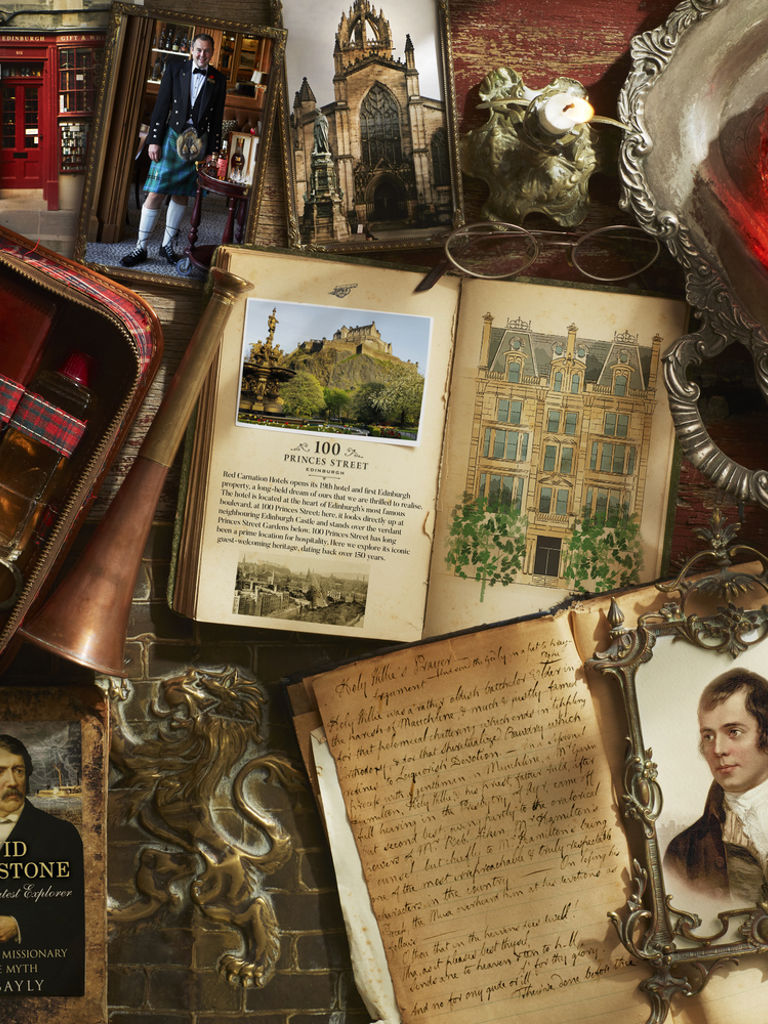
Hazel & Luke Robertson: Modern Scottish Explorers
Two modern-day explorers who are using their experiences to help other people realise their own dreams.

Two modern-day explorers who are using their experiences to help other people realise their own dreams.
Learn more about our 100 Princes Street development and our plans to incorporate the histories of Scottish explorers.
Discover more